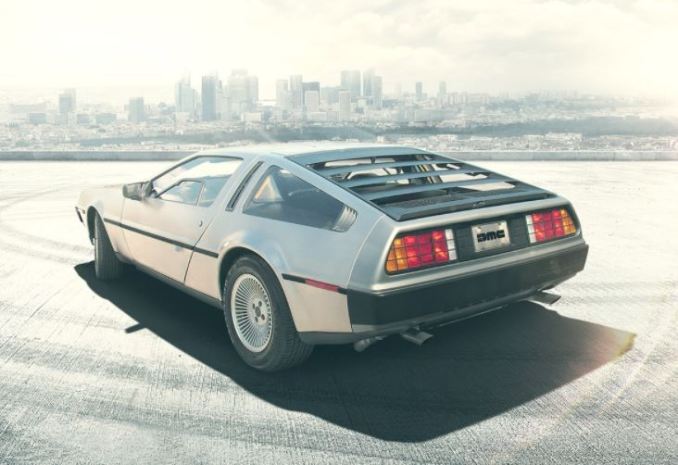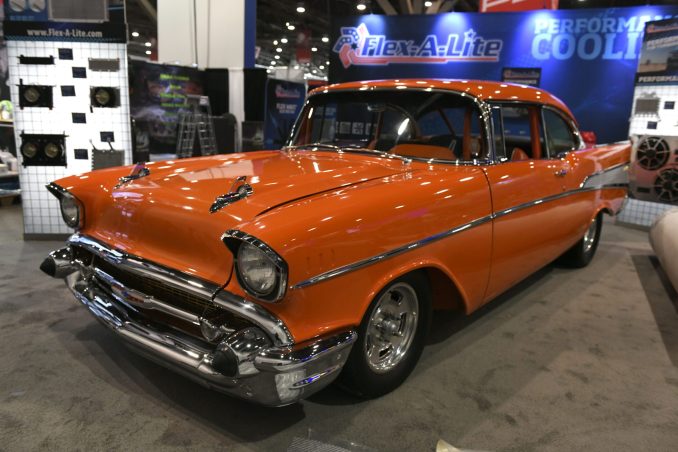
DeLorean Motor Company, the firm based in Humble, Texas, that currently owns the fabled DeLorean DMC automotive brand, stated this week that a final rule document released January 15 by the National Highway Traffic Safety Administration (NHTSA) brings their promised production of a new DeLorean vehicle a big step closer to reality.
However, the automaker also noted that the new DeLorean may be built with an electric rather than an internal combustion powertrain.
The regulation, an outgrowth of the Fixing America’s Surface Transportation Act (a.k.a. The FAST Act), signed into law by President Obama in 2015, allows exemption from certain federal motor vehicle safety standards for low-volume manufacturers of replica vehicles.
“Low volume” is defined as production of up to 325 units, and the replicas must resemble conventionally manufactured vehicles from more than 25 years ago.
SEMA (the Specialty Equipment Market Association), an aftermarket automotive equipment trade group that has lobbied tirelessly for this regulation for years, applauded the final ruling this week.
“The roadblocks have been eliminated,” said SEMA President and CEO Christopher J. Kersting, in a statement. “Companies will be able to hire workers, start making necessary parts and components, and produce and sell cars.”
In a January 20 blog post, the DeLorean Motor Company, which acquired rights to the brand as well as unsold parts inventory from the original DeLorean automaker in 1995, reacted with a similar level of enthusiasm about the impact of the final ruling on making the dream of building new DeLoreans a reality, stating that “Companies like DeLorean will now be able to apply for authorization to produce and sell vehicles under this program.”
According to Road and Track, the company’s original plan was to sell a modest number of new DeLorean vehicles—about 50 per year—at a price of around $100,000.
However, in a disclosure that may irk some of the more traditionally minded DeLorean enthusiasts, the company also noted that “we’ve been considering switching to an all-electric as the future,” citing concerns about their ability to maintain emissions compliance with an internal-combustion platform for vehicles that they had originally planned to begin building in 2017.
How the market may react to the idea of an electric DeLorean seems tough to predict, although the idea of finding 50 customers per year for a limited-production vehicle does not, intuitively, seem daunting.
In fact, an electric powertrain may be a no-brainer way to breathe new excitement into a vehicle that, in its original incarnation, was notoriously underpowered.
A strong electric motor might be just what the DeLorean needs to finally deliver performance that matches the sleek lines and stainless-steel finish of the exterior.
Related
About The Author
![]()
Bill Hayward
Bill Hayward, a writer, marketer, and car enthusiast, is editor and publisher of AutoNewsblaster. Originally a native of the Maryland suburbs of Washington, D.C., he currently resides in South Central Pennsylvania. Contact: auto.enthusiasts.news@gmail.com or 717-968-0883.


